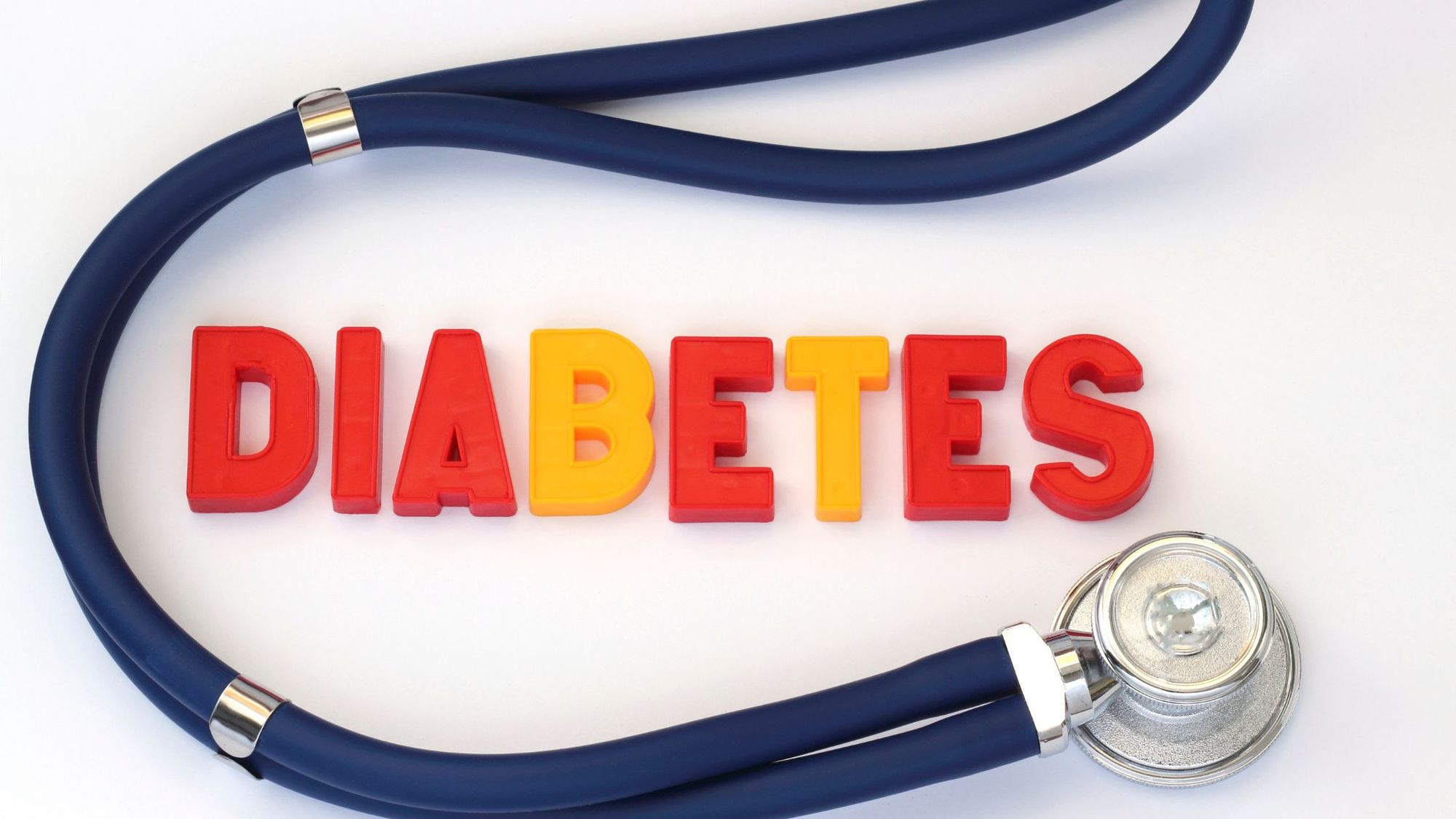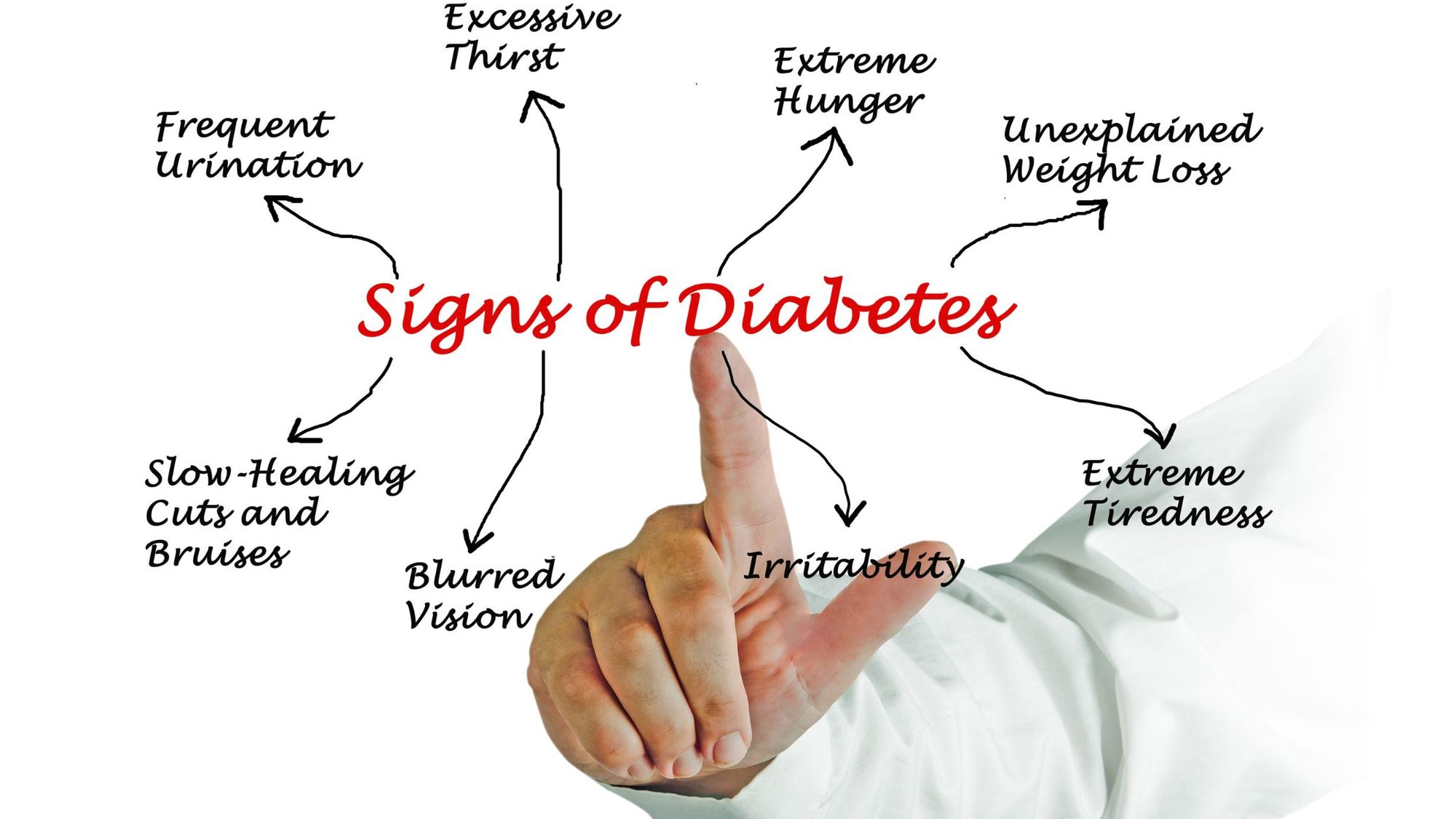
Being able to detect the first signs of diabetes is crucial for those who may be predisposed to this life-changing illness. Living with diabetes requires a significant amount of planning and preparation to ensure you can keep yourself safe and healthy for years to come.
The quicker you can pinpoint the signs of diabetes, the faster you can start working with your doctor to create a strategy that works for you. Unfortunately, while approximately 37.3 million Americans have diabetes (about 1 in 10 people), approximately 1 out of 5 people don’t know they have this health condition.
While diabetes is a relatively commonplace condition, it’s still widely misunderstood. You’d think it’d be more commonly understood than it is.
Fortunately, efforts are being made around the world to educate people about diabetes.
November is Diabetes Awareness Month, and it’s an excellent time for those concerned about this condition to start doing their research, and learning more about the disease.
Today, we’re going to explore some of the first signs of diabetes, to help you determine whether you need to get tested, and start making the appropriate changes to your lifestyle.
Recognizing the First Signs of Diabetes by Knowing the Different Types of Diabetes
One of the reasons why diabetes can be so difficult to initially detect, is that it comes in different forms. The two main types of diabetes are type 1 and type 2 diabetes.
In type 1 diabetes, the body’s immune system responds abnormally to the presence of insulin, attacking and destroying this crucial substance before it has a chance to balance your blood sugar levels. In type 2 diabetes, the body doesn’t produce enough insulin to manage glucose, or your body’s cells may be unable to react normally to insulin.
Some forms of diabetes have relatively mild warning signs, which are subtle enough to go undetected for years. This is particularly true of type 2 diabetes. Many individuals with this condition don’t find out they have diabetes until they begin to suffer from the long-term damage of the disease.
What’s more, some of the clearest signs of diabetes are difficult to detect without the assistance of a medical professional. For instance, a clear warning sign of impending diabetes is higher levels of glucose in your blood. However, if you don’t have regular blood tests to check your glucose levels, it can be difficult to see this issue emerging.
Common Signs of Both Types of Diabetes
Although identifying the first signs of diabetes can be difficult, there are some common symptoms associated with both type 1 and type 2 diabetes. If you notice any of these below signs and symptoms, it’s a good idea to seek out advisement from a medical professional.
Increased Fatigue
Glucose, the substance created from the sugars you consume in your day-to-day diet, is converted into energy by your body. This helps to keep you operating normally throughout the day.
Your body relies on insulin to convert glucose into energy, and manage the flow of blood sugar. If you don’t produce enough insulin, or your immune system attacks the insulin you do create, then you’re likely to suffer more often from high levels of fatigue and exhaustion.
Constant Hunger
If you’re always hungry, even after eating, this could be a sign of numerous problems, including issues with the way your body produces hunger signals. However, consistent hunger can also be a sign of diabetes. When your body fails to produce the energy required to power your cells and organs, it sends a message to your brain telling you to eat more food.
Diabetes can confuse your body’s mechanisms, telling you need to eat more when you’re already full, so you can access the energy required to function normally.
Urinating Frequently
Frequent urination or “polyuria” is a symptom of many conditions and diseases. It’s also one of the first signs of diabetes. The average person often has to empty their bladder between 4 and 7 times in a single day. However, people with diabetes may visit the bathroom a lot more.
Normally, your body absorbs glucose naturally as it moves through the kidneys. However, when diabetes increases your blood sugar levels, your kidneys can’t process glucose properly. This causes the body to make more urine, and absorb more fluids.
Excessive Thirst
Similar to excessive hunger, people with diabetes also experience an increased level of thirst. This is a result of your kidneys going into overdrive to create additional urine, which means the liquids you consume are absorbed and processed rapidly.
You may be constantly thirsty, even after drinking large amounts of water. The more you go to the bathroom as a result of impending diabetes, the more you’re going to need to drink. Excessive thirst can also lead to other symptoms such as dry mouth, red, swollen, and tender gums, and an increased risk of urinary tract infections.
Itchy or Dry Skin
Your skin naturally goes through a multitude of changes throughout the seasons, which is why it’s so important to invest in the right skincare routine. Your skin might get dryer skin around the summer and autumn, or even during the winter if you use a lot of home heating products.
Itchy and dry skin can also be a sign of diabetes. Because your body is using fluids to create additional urine, there’s less moisture left over to protect your skin. You could end up feeling itchy or scaly all over. Many people with diabetes have adapted their skin care routine to help tackle the side-effects of diabetes.
Blurred Vision
One of the most common first signs of diabetes many people aren’t aware of, is the impact on their vision. Diabetes can influence your eyes in a number of different ways. This condition can cause the eye lens to become inflamed or swollen, which makes it harder to see clearly. You may find this symptom worsens when your blood sugar is particularly high.
Blurred vision can also be a result of the changing fluid levels in your body, caused by diabetes. The less moisture you have to keep your eyes lubricated, the more likely you are to suffer from changes to your vision.

Specific Symptoms of Different Types of Diabetes
While the first signs of diabetes mentioned above can occur with all types of diabetes, some symptoms are more specifically connected to a particular form of the condition. Watching for the following signs could mean you can provide your doctor with more information when it comes to planning your treatment strategy.
Symptoms of Type 1 Diabetes
In type 1 diabetes, which is considered to be caused by an autoimmune disorder, there are more likely to be changes to your gastrointestinal system and weight. You may notice:
Unexplained weight loss: If your body is unable to absorb the correct amounts of energy from your food, it may begin to burn through muscle and fat instead. You could begin to lose weight even if you’re eating the same number of calories and exercising the same amount.
Nausea and vomiting: When your body begins to resort to burning fat for energy, this creates “ketones”. These substances can build up in the blood to dangerous levels, and may even lead to a condition called diabetic ketoacidosis. Ketones can make you feel sick, and cause you to vomit more frequently, which leads to a greater chance of dehydration.
Swollen or tender gums: Often a result of the changing fluid levels in your body caused by diabetes, swollen and tender gums can make it difficult to eat and drink normally. Your gums may pull away from your teeth, or you may develop sores. You may also find your teeth start to feel a little loose, due to the change in structure.
Symptoms of Type 2 Diabetes
The symptoms of type 2 diabetes can include all of the common issues you may face with Type 1 diabetes, as well as some additional signs. These symptoms tend to occur after your glucose levels have been high for an extended period of time:
Increased infections: Men and women with diabetes often have issues with their immune system, which can increase their risk of infection. Yeast infections are particularly common because yeast feeds on glucose. The more blood sugar you have, the more yeast is likely to thrive, creating infections between your fingers and toes, and around your breasts or sex organs. These conditions can affect both men and women.
Slow healing: Over time, high levels of blood sugar can affect the flow of blood and cause nerve damage which makes it harder for the body to heal wounds. This means you’re less likely to recover rapidly from any accidents or cuts. Slow healing can also increase your chances of infections.
Tingling hands and feet: Too much glucose in your blood can influence how your nerves work. You might notice tingling and numbness in your extremities, as well as burning pain throughout your hands, legs, arms, and feet.
Identifying the First Signs of Diabetes
Diabetes can be a complex and confusing condition. Sometimes, identifying the first signs of diabetes isn’t easy. However, if you already know you’re predisposed to this condition, then you may have a better chance of pinpointing the warning signs.
A DNA test from CircleDNA test can help you to identify your chances of developing diabetes early, so you can arrange for doctors appointments to test your blood glucose level.
When you learn through a DNA test that you have a higher genetic risk of diabetes or other genetic health conditions, you’ll also be more likely to pay attention to problematic symptoms which may indicate a need for medical intervention.
References
- CDC: The Facts, Stats, and Impacts of Diabetes – CDC
https://www.cdc.gov/diabetes/library/spotlights/diabetes-facts-stats.html#:~:text=37.3 million Americans—about 1,t know they have it. - Hopkins medicine: Diabetes and Your Eyes: What You Need to Know
https://www.hopkinsmedicine.org/health/conditions-and-diseases/diabetes-and-your-eyes-what-you-need-to-know#:~:text=Another potential effect from diabetes,after your blood sugar stabilizes.





